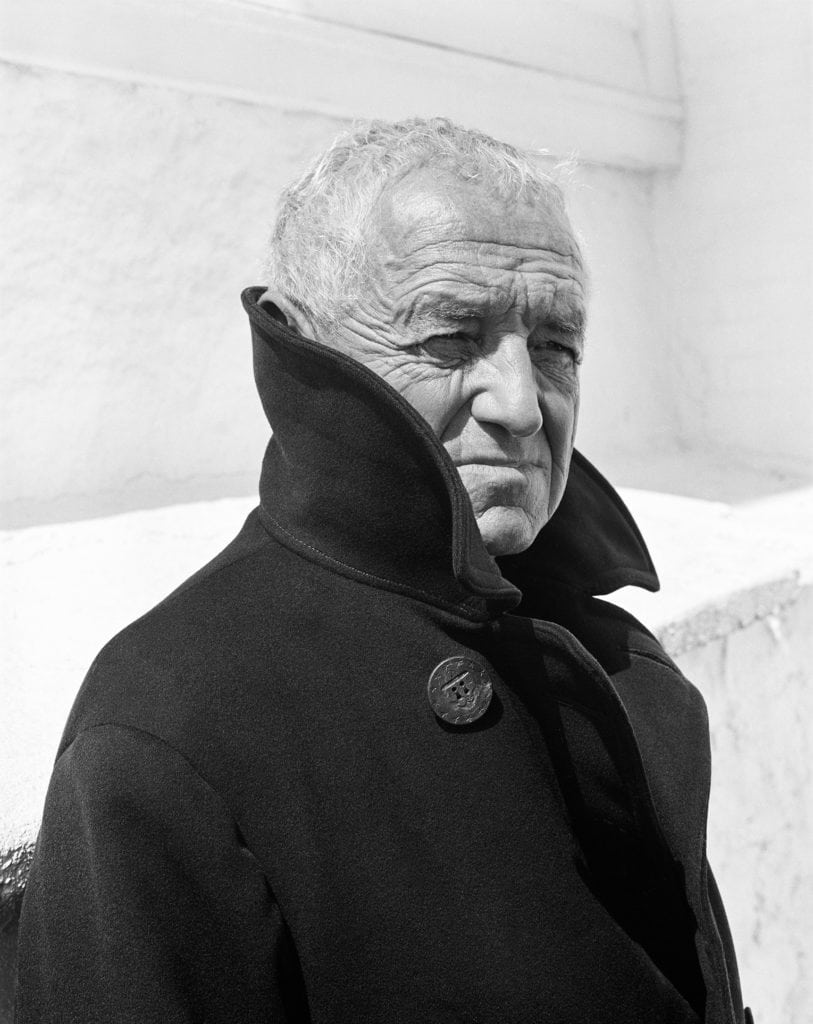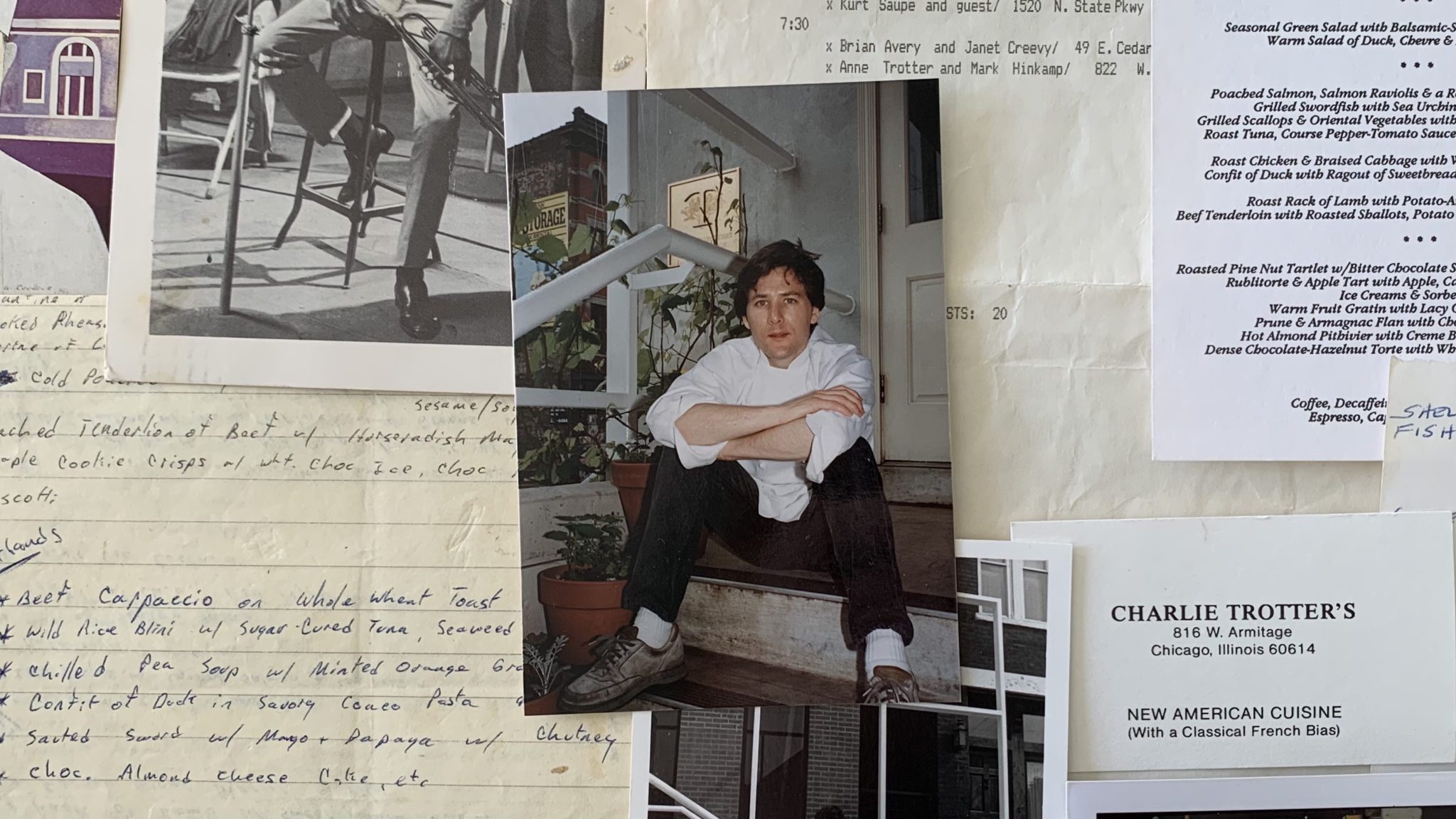?He painted the soul, not just the image.?
The PBS series American Masters is airing an episode focusing on the painter Andrew Wyeth. Wyeth was one of the 20th century?s most famous magical-realist painters. He had both popular and critical success. But the popular success also led to a time of critical rejection as abstract expressionism came into vogue.
The episode provides an overview of his life and work. His life revolved around two rural communities, one in Pennsylvania, the other in Maine. Here he painted the landscapes and people that he knew. This often included neighbors such as the Kuerners in Pennsylvania and the Olsons in Maine. (His most famous painting, ?Christina?s World?, features Christina Olson on the ground in a field in front of a house.) He also had a long series of paintings of his secret muse, Helga.
Wyeth approached painting as a way to express his vision of the world around him. He said, ?Painting to me is a matter of truth and maybe of memory.? As the film shows us many of his works and we hear the background to those works, it provides new ways for us to appreciate his art. For all the realism of his paintings, there is also interpretation and adjustment being made to create something that reflected the real world and the world that Wyeth wanted to show. His paintings often invite the viewer to imagine the story behind the scene we see. In doing so, he created pictures that allow us to connect with them on an emotional level as well as the esthetic.
At times Wyeth?s work evokes a consideration of mortality, even when looking at a scene filled with life. His art can serve as a kind of meditation on life and death, joy and sorrow, community and emptiness. The episode offers us a chance to see all of this in a brief hour.






